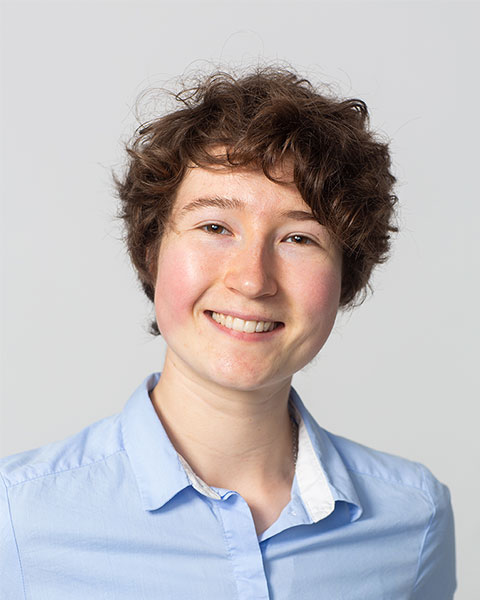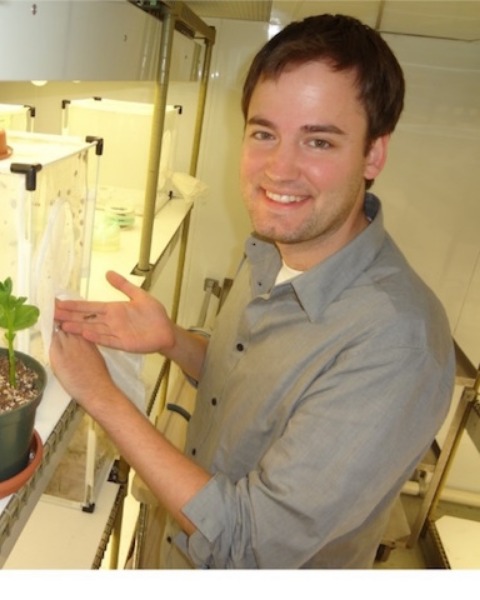Plant-Insect Ecosystems
Student Competition 10-Minute Paper
Manipulating parasitoid biocontrol of aphids with artificial light

Jessica L. Fraser
Master's Student
Université Laval
Agassiz, British Columbia, Canada
Paul K. Abram
Agriculture and Agri-Food Canada
Agassiz, British Columbia, Canada- MD
Martine Dorais
Université Laval
Québec, Québec, Canada
Presenting Author(s)
Co-Author(s)
Greenhouse vegetable growers use artificial light to promote crop growth, but it can also affect insect behaviour. Different guilds—such as visual hunters and phloem-feeding pests—may respond differently to changes in photoperiod and spectral quality, so growth lights could potentially be adjusted to benefit biocontrol agents over pests.
In this context, the effects of artificially-lengthened days on the parasitoid biocontrol agent Aphidius matricariae (Hymenoptera: Braconidae) and its host aphid Myzus persicae (Hemiptera: Aphididae) were examined. We predicted that wasps would extend their activity under longer photoperiods and would show higher activity levels under broader-spectrum light. The direct effects of photoperiod and spectral composition on the reproductive rate of their aphid hosts were also considered.
To test these predictions, two sets of growth chamber experiments were conducted. The first compared the effects of different long-day photoperiods, and the second compared day extensions of different spectral compositions, in order to assess whether the duration of supplemental illumination and the inclusion or omission of particular wavelengths influences insect responses. We measured the fecundity of aphids on excised pepper (Capsicum annuum) leaves and the locomotor activity of wasps in infrared activity monitors.
Aphid fecundity did not change significantly with photoperiod or spectral quality. Wasps’ total activity was greatest under 14-hour photoperiods, declining and shifting later as days lengthened. Broader-spectrum day extensions increased the females’ total activity, which might increase their biocontrol effectiveness by raising parasitism rates. Further research will assess how supplemental LED light affects this plant-insect community in a full tri-trophic context.


